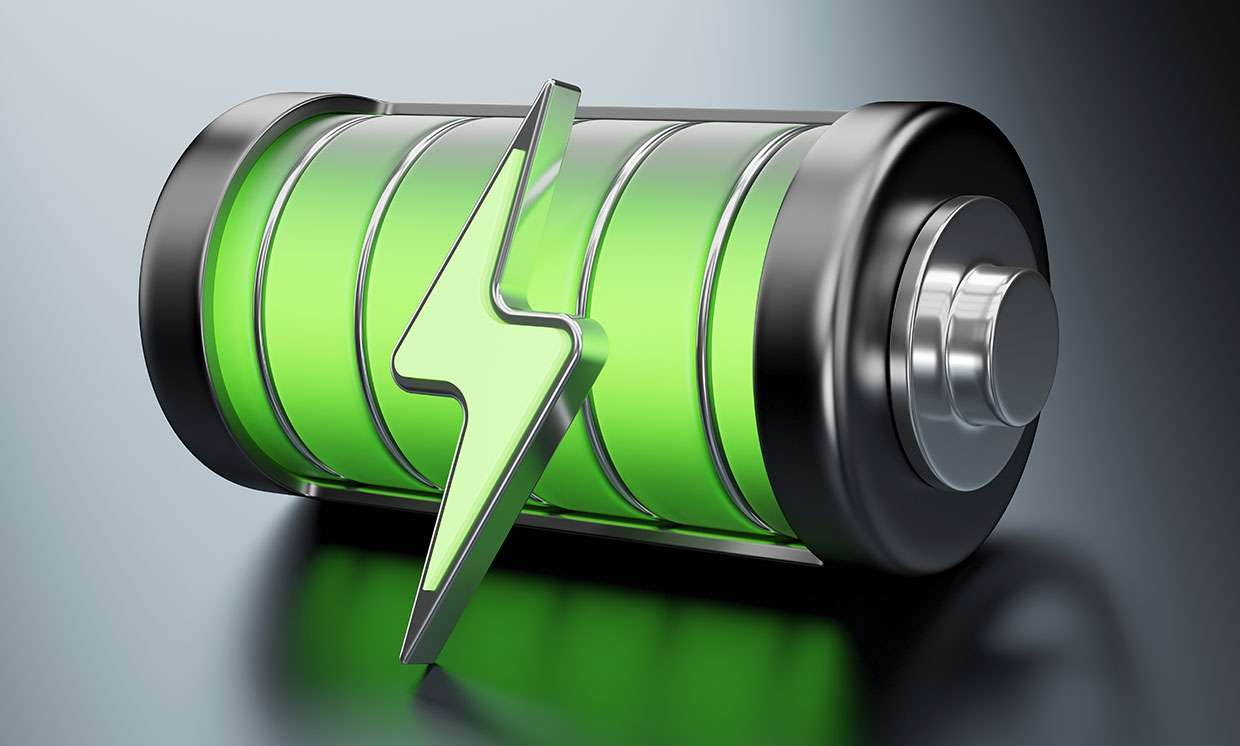Introduction:
In the fast-paced world of automotive innovation, Toyota has once again taken center stage by unveiling groundbreaking advancements in battery technology. As the automotive industry continues its shift toward electrification, the role of batteries becomes increasingly pivotal. In this in-depth exploration, we delve into Toyota’s latest strides in battery technology for cars, examining the potential implications for the industry and the driving experience.
The Evolution of Electric Vehicles: Toyota Makes Contribution
The automotive landscape is undergoing a profound transformation, with electric vehicles (EVs) emerging as a driving force for change. The push toward cleaner, more sustainable transportation has led major automakers to invest heavily in electric propulsion systems. Central to the success of electric vehicles are the batteries that power them, influencing factors such as range, charging speed, and overall performance.
Toyota, a pioneer in hybrid technology with the iconic Prius, has been at the forefront of the automotive electrification movement. The company aims to revolutionize the EV market with advancements in battery technology that address some of the key challenges associated with EV adoption.

The Promise of Solid-State Batteries:
At the heart of Toyota’s latest breakthrough is the development of solid-state battery technology. Traditional lithium-ion batteries have played a crucial role in the EV revolution but come with limitations. Solid-state batteries represent the next frontier, offering a leap forward in terms of energy density, safety, and charging capabilities.
- Energy Density: Solid-state batteries boast a higher energy density compared to their lithium-ion counterparts. This means they can store more energy in a smaller and lighter package. As a result, electric vehicles equipped with solid-state batteries can potentially achieve greater ranges on a single charge. This is a game-changer for consumers concerned about “range anxiety” — the fear of running out of battery power before reaching a charging station.
- Safety: Safety is a paramount concern in battery technology. Solid-state batteries address some of the safety issues associated with traditional lithium-ion batteries. The use of solid electrolytes instead of liquid electrolytes reduces the risk of thermal runaway, a phenomenon that can lead to battery fires. Enhanced safety features protect the vehicle occupants and also contributes to the overall reliability and trustworthiness of electric vehicles.
- Charging Speed: Solid-state batteries have the potential to significantly reduce charging times. The improved conductivity of solid electrolytes allows for faster charging rates, making electric vehicles more practical for daily use. The convenience of rapid charging brings electric vehicles closer to the refueling experience of traditional gasoline-powered cars, mitigating a key concern for prospective EV buyers.
Toyota’s Commitment to Solid-State Technology:
Toyota’s commitment to solid-state battery technology is evident in its significant investments and partnerships. The company has been conducting extensive research and development to bring this technology to fruition. By focusing on overcoming the challenges associated with solid-state batteries, Toyota aims to accelerate the widespread adoption of electric vehicles.
Research and Development:
Toyota has dedicated substantial resources to the research and development of solid-state batteries. The company’s labs and testing facilities are actively working to refine the technology, addressing issues such as manufacturing scalability, cost reduction, and overall performance optimization. The goal is to create a reliable and cost-effective solution that can be integrated into a wide range of vehicles.
Partnerships and Collaborations:
Recognizing the complexity of battery development, Toyota has forged strategic partnerships and collaborations with other industry leaders and research institutions. By fostering a collaborative approach, the company seeks to leverage collective expertise to accelerate the advancement of solid-state battery technology. These partnerships aim to bring together diverse perspectives and insights to overcome challenges and drive innovation.
Implications for the Automotive Industry:
The advent of Toyota’s solid-state battery technology carries profound implications for the automotive industry and beyond.
- Mass Adoption of Electric Vehicles: The widespread adoption of solid-state batteries has the potential to overcome some of the key barriers to mass EV adoption. With improved energy density and reduced charging times, electric vehicles become more appealing to a broader audience. This shift could accelerate the transition away from traditional internal combustion engines, contributing to global efforts to reduce carbon emissions and combat climate change.
- Increased Competition and Innovation: Toyota’s foray into solid-state battery technology intensifies competition in the electric vehicle market. As other automakers witness the potential of this breakthrough, they are likely to invest more heavily in research and development, driving innovation across the industry. This competitive landscape benefits consumers by offering a wider array of advanced electric vehicles with improved features and performance.
- Transformation of Transportation Ecosystems: The success of solid-state batteries could extend beyond personal vehicles, influencing the entire transportation ecosystem. From electric buses and trucks to electric aviation, the scalability and versatility of this technology could usher in a new era of clean and efficient transportation across various sectors. This transformation aligns with global initiatives to create sustainable and eco-friendly mobility solutions.
Challenges and Considerations:
While the prospects of solid-state battery technology are promising, several challenges and considerations need to be addressed:
- Cost Factor: The current cost of manufacturing solid-state batteries is a significant hurdle. Toyota, along with industry collaborators, is actively working to bring down the cost of production. As economies of scale come into play and technological advancements continue, the cost barrier is expected to decrease, making solid-state batteries more accessible.
- Scalability: Scaling up production to meet the demands of the automotive market is a complex challenge. Developing manufacturing processes that can efficiently produce solid-state batteries on a large scale is crucial for their widespread adoption. Toyota’s investments in this area aim to overcome scalability issues and ensure a seamless integration into their vehicle lineup.
- Integration into Existing Vehicles: Integrating solid-state batteries into existing vehicle architectures presents engineering challenges. Automakers need to ensure compatibility and address design considerations to incorporate this new technology seamlessly. Toyota’s commitment to a phased approach to implementation reflects an understanding of the complexities involved in integrating solid-state batteries into existing vehicle models.
Conclusion:
Toyota’s pursuit of solid-state battery technology represents a significant milestone in the evolution of electric vehicles. The company’s commitment to overcoming challenges and driving innovation underscores its dedication to shaping the future of transportation. As the automotive industry witnesses the potential of solid-state batteries, the trajectory toward a cleaner, more sustainable future gains momentum.
The impact of Toyota’s breakthrough extends beyond individual vehicles. It contributes to a larger narrative of transforming how we envision and experience transportation. With advancements in battery technology, we are witnessing the dawn of a new era, one where electric vehicles are not just a niche market but a mainstream, accessible, and environmentally conscious choice for consumers worldwide. As Toyota continues to lead the charge, the automotive landscape is poised for a revolutionary shift toward a more sustainable and electrified future.





[…] Also Read: Toyota’s Breakthrough: Revolutionizing Battery Technology […]